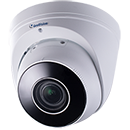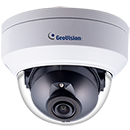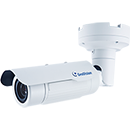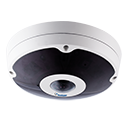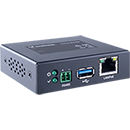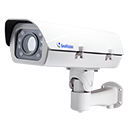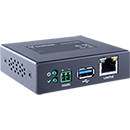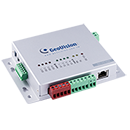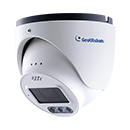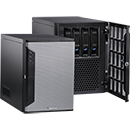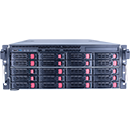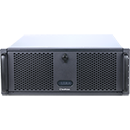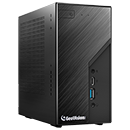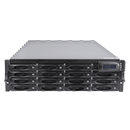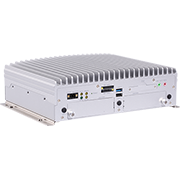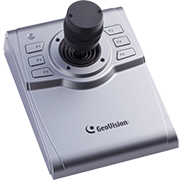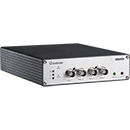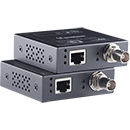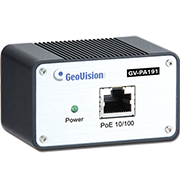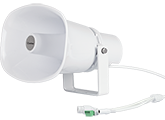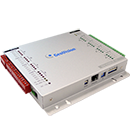
There is a lot of dialogue surrounding artificial intelligence (AI) in video analytics at the moment. So much so, that many solution providers appear to see the term AI as a necessity to market their products. To be fair, video analytic solutions have come a long way from their initial days. But how intelligent is video analytics really?
Where Does Artificial Intelligence Fit in the Security Industry?
AI, machine learning, deep learning, video analytics — all major buzzwords we’ve become accustomed to seeing.
Despite much discussion and hype, most people are unclear as to what constitutes artificial intelligence (AI). This is particularly true in residential and commercial security, where it has picked up steam the past few years.
Furthermore, how related terms like analytics, machine learning and deep learning are subsets of, cross over or diverge from AI is a mystery to the majority of security pros and customers alike. At the same time, those folks would likely assume that robotics performing sophisticated tasks would necessitate some degree of AI.
AI is a broad term used to describe anything that appears to ‘think’ like a human brain. Machine learning is a technique whereby a computer can improve its ability to do a particular task by processing large amounts of data about that task. Deep learning is a sub-set of machine learning that uses neural networks. A single layer of a neural network will process the data once and pass its result to the next layer, which does its task and passes its answer to the next layer. This is known as a convolutional neural network or CNN. Video surveillance analytics is an excellent application of AI and deep learning, enabled by the advent of GPUs [graphics processing units].
Why AI, Analytics, Cloud and Cybersecurity Open New Opportunities for Integrators
Certainly video analytics is one of the most prominent ways AI has been applied to the security mission, and by extension physical security information management (PSIM) systems that integrate a multitude of security data sources to create situational awareness.
Imagine durable and agile robots being equipped with such types of advanced algorithms, processing and intelligent sensors. It opens up a vast new security landscape in which human threat is minimized and remote locations and perspectives heretofore inaccessible become available for real-time analysis, evaluation, and response.
How the Security Industry Can Utilize Artificial Intelligence
Eventually, as the devices become more refined and prices plummet, the applications will be vast. In the meantime, varieties of AI are likely to infiltrate most aspects of our daily lives.
Machines taking over low-cognitive tasks will be the big trend for years. Amazon is applying this to retail stores where the checkout concept is being replaced by customers just walking out. This type of thinking and tool creation is in its earliest infancy but will continue to address problems and add value. The intelligent industrial revolution is happening all around us. It will be very disruptive, but also insightful and liberating.

The potential of video analytics is far more beneficial than traditional rule-based systems. As GPUs become increasingly popular in running AI systems, large manufacturers like NVIDIA and even smaller startups are seeing more investments in this field.
Deep learning has been gaining interest in the recent years as they demonstrate several functions that appeal to the customers. For instance, the visual search algorithms allow customers to search for particular objects, animals, etc.
The ability of this technology to have enough intelligence to deal with all the different orientations and lighting conditions is really the thing that is impressive and it actually picked up in 2012 and 2013. This, coupled with the computing power of GPUs that can take the workload that used to be prohibitively time consuming and resource hungry, has been the fuel that has enabled the wave of innovation.
Neural networks, generally, not just deep learning which is deep nets that people call convolutional neural networks, are much more capable now. There is just great resources available and great tooling.
Companies joining the party
Given the obvious potential of AI, some of the large technology giants have been keen to enter the field and explore opportunities.
They are, to a large extent, serving as the trailblazers in this and encouraging the development and adoption of solutions that are more intelligent and intuitive.
Certainly, the big tech companies like Google with their TensorFlow model has been a great aid. Intel has got some great tools that will take the TensorFlow model and import it to exploit whatever resources are on them, the chips that you are running on. So, you have a really flexible mix of CPU and GPU. Resources are available that will target that for you. Then you have all the people that are working on ways to enable and develop training centers that are critically important. So, there is like a whole ecosystem that is forming around the problem of how you get machines to see and understand what is happening.
There are so many dimensions and layers to this because, fundamentally, it is the assembly and labeling of data. The numerous compilers that can get your models running most efficiently on various chipsets, the data analysis tooling that you would want to have for the output of these things, all contribute to the potential of AI in video analytics.
Adapted from a&s and SecuritySales Magazine
